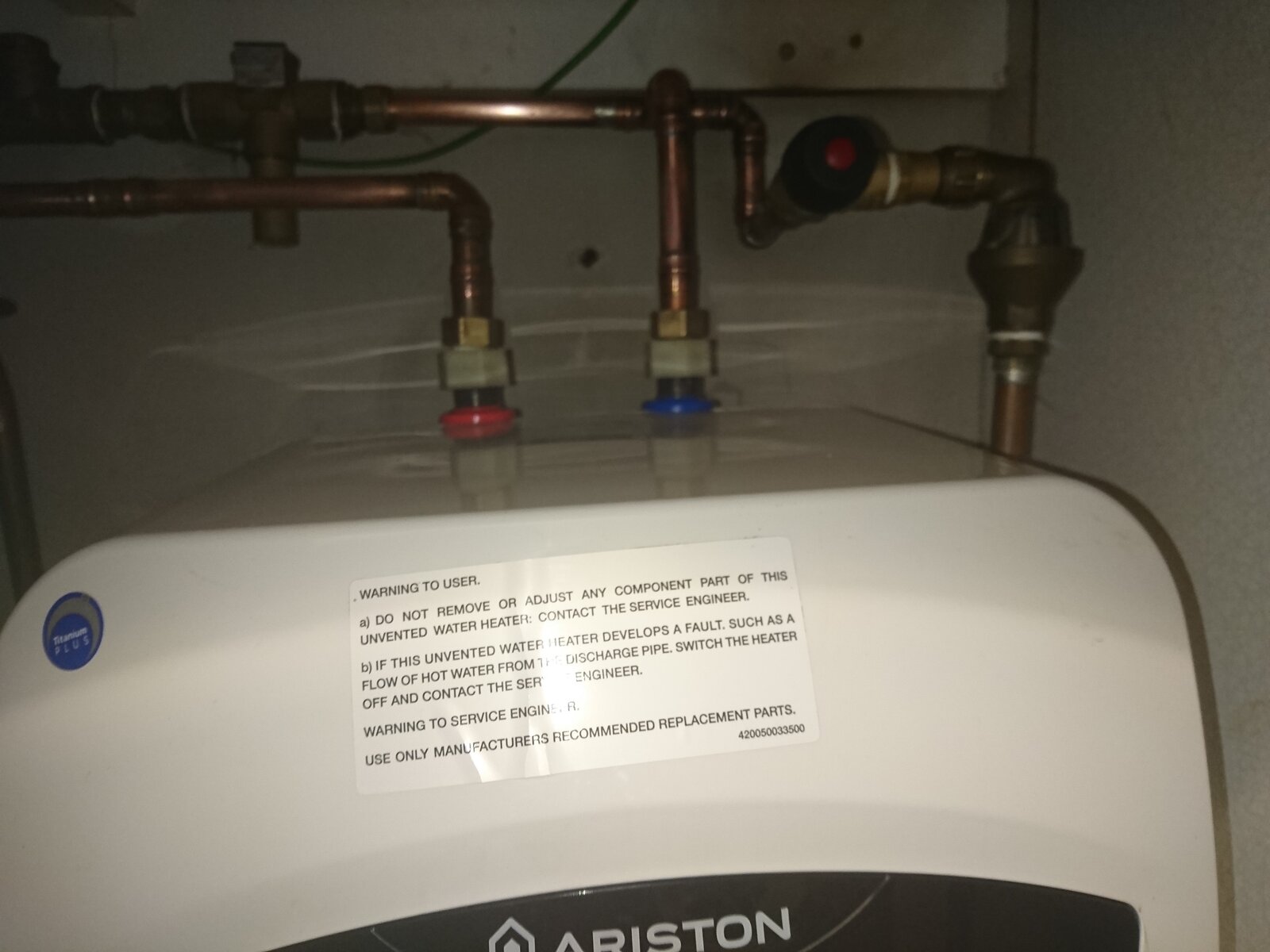Not sure if this is plumbing or electrical.
I swapped out a heatrae sadia multipoint II for an Ariston. I'm not a plumber and had to get my old camping gaz blowtorch out. The pipes kind of lined up but I had a leak from the top of the plastic dielectric 1/2" male to female that you have to fit. I basically overtightened it on the H/W side as it wasn't lined up perfectly and stripped the threads. As said I'm not a plumber. I've ordered replacements and will sort out the pipes so not a problem fixing it but does anyone know what the point of the dielectric spacer is? The hot and cold pipes are bonded electrically to the MET, and obviously, the heater has a CPC/earth connection so I don't get the point of it.

I swapped out a heatrae sadia multipoint II for an Ariston. I'm not a plumber and had to get my old camping gaz blowtorch out. The pipes kind of lined up but I had a leak from the top of the plastic dielectric 1/2" male to female that you have to fit. I basically overtightened it on the H/W side as it wasn't lined up perfectly and stripped the threads. As said I'm not a plumber. I've ordered replacements and will sort out the pipes so not a problem fixing it but does anyone know what the point of the dielectric spacer is? The hot and cold pipes are bonded electrically to the MET, and obviously, the heater has a CPC/earth connection so I don't get the point of it.



